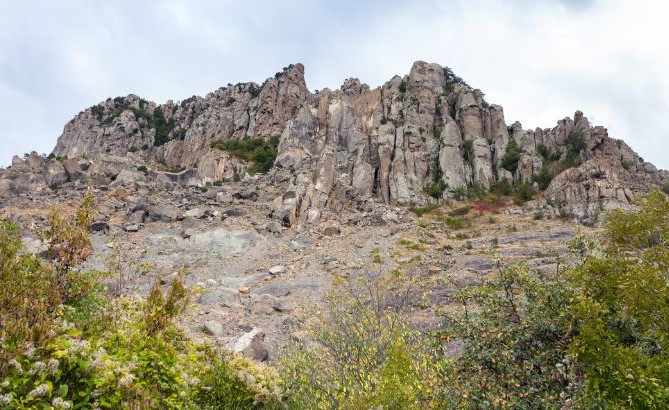LONDON, January 19, 2024 – Climate scientists assert that achieving Net Zero goals requires a dual approach: cutting carbon emissions and removing CO2 emissions from our atmosphere. One method for carbon removal leverages the geological carbon cycle, which naturally stores carbon dioxide in rocks, helping to regulate the Earth’s temperature. This method artificially accelerates the process.
UNDO – the leading player in this space – is on a mission to permanently remove over 1 million tonnes of CO2 by 2025 and make carbon removal accessible for all. Launched in June 2022, UNDO has crossed several milestones, from having their enhanced rock weathering methodology approved by Puro.earth to becoming Microsoft’s first enhanced rock weathering supplier and joining hands with McLaren Racing towards its net zero by 2040 mission. While UNDO’s expertise is technical, the core of its mission underlines the inclusive participation of local communities to build a sustainable future.
In an exclusive conversation with CarbonWire, Simon Manley, Head of Carbon at UNDO, highlighted how the company has been working with farming communities to become part of the solution with enhanced rock weathering (ERW). Over the last 20 months, UNDO has worked with over 180 farms, translating to 9,330 hectares of land. What makes this happen is the technology and execution. Manley explained, “One of the characteristics of UNDO’s enhanced rock weathering are low barriers to implementation. Basalt is one of the most abundant rocks in the world, and the technology and equipment for ERW are already available in commercial markets.” UNDO’s solution involves spreading crushed silicate rock on agricultural land.

Research by climate scientists highlights how the weathering of basaltic rock contributes to CO2 removal and accelerates the natural carbon cycle. High concentrations of calcium and magnesium ions in basalts chemically react with CO2 to create magnesite, calcite, and dolomite. Because the crushed silicate rocks have more exposed surface area when spread out on agricultural land, the process of the carbon cycle is accelerated.
UNDO aims to distribute sufficient quantities of rock by 2025 to facilitate the permanent removal of one million tonnes of CO2. While working on this solution, it has also focused on developing a standardized ERW methodology, which would become fertile ground for ecosystem creation. “When we started work on this, there was no protocol or standard for quantification. We have been working under the guidelines of ISO 14064 and with Puro.earth, and the methodology has been approved by Puro standard and secured ICROA approval,” added Manley.
How does this work turn into carbon credits though? The discussion on carbon credits has been gathering steam, but the process of generating them is technical, complex, and less discussed at large. In the case of UNDO, their work and methodology were registered with Puro, which enabled them to undergo a pre-issuance process for verification and validation. This process requires them to demonstrate adherence and commitment to a set of guidelines, lay down infrastructure, and undergo assessment for environmental risk and scientific quantification approach among a host of other things. After the initial application of crushed silicate rock, UNDO verifies and issues carbon credits every twelve months throughout the project lifetime.
While carbon credits may be a headline grabber, the real challenge in most carbon projects, including ERW, is the change in science. The scientific landscape in the climate space is evolving fast, which means that methodologies are often put to the test. As Manley elaborates, “Despite the desire for methodologies and protocols to converge on a single quantification method for the ERW sector, they themselves are evolving as the science behind the carbon removal method improves. This scenario poses challenges in establishing firm benchmarks for verification. For instance, if we’re about to go through a verification process with a methodology we know is going to change in six months, we need to ensure that we meet our own verification objectives and milestones. At the same time, we need to be cognizant of the change in scientific knowledge and how to adapt and upgrade it.”